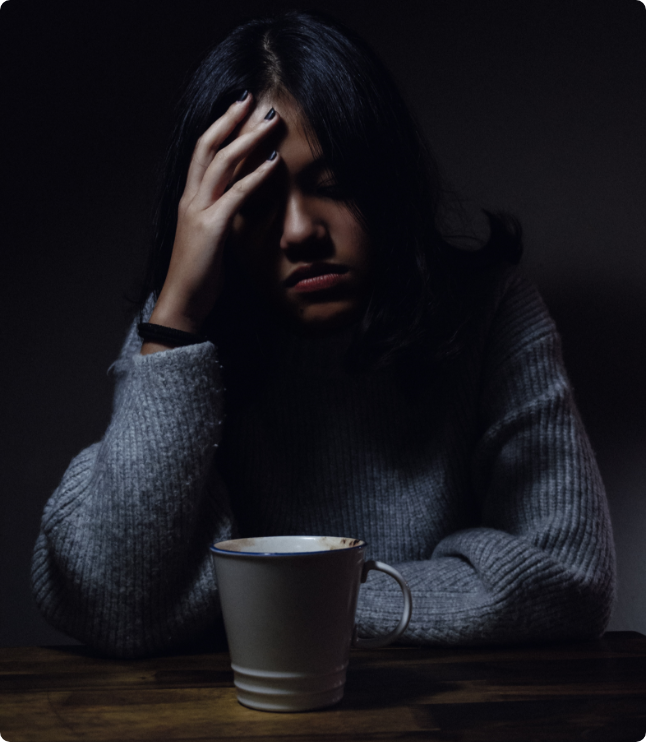Mental Health Statistics
Mental Health Statistics
- 1 in 5 U.S. adults experience mental illness each year.
- 1 In 20 U.S. adults experience serious mental illness each year.
- 1 in 6 U.S. youth aged 6-17 experience a mental health disorder each year.
- 50% of all lifetime mental illness begins by age 14, and 75% by age 24.
- Suicide is the 2nd leading cause of death among people aged 10-34.


YOU ARE NOT ALONE
- 20.6% of U.S. adults experienced mental illness in 2019 (51.5 million people). This represents 1 in 5 adults.
- 5.2% of U.S. adults experienced serious mental illness in 2019 (13.1million people). This represents 1 in 20 adults.
- 16.5% of U.S. youth aged 6-17 experienced a mental health disorder in 2016 (7.7 million people).
- 3.8% of U.S. adults experienced a co-occurring substance use disorder and mental illness in 2019 (9.5million people).
Mental Health Care Matters
- 44.8% of U.S. adults with mental illness received treatment in 2019.
- 65.5% of U.S. adults with serious mental illness received treatment in 2019.
- 50.6% of U.S. youth aged 6-17 with a mental health disorder received treatment in 2016.
- The average delay between onset of mental illness symptoms and treatment is 11 years.
- Male: 36.8%
- Female: 49.7%
- Lesbian, Gay Or Bisexual: 49.2%
- Non-Hispanic White: 50.3%
- Non-Hispanic Black Or African-American: 32.9%
- Hispanic Or Latino: 33.9%.
- 10.9% of U.S. adults with mental illness had no insurance coverage in 2019.
- 11.9% of U.S. adults with serious mental illness had no insurance coverage in 2019.
- 55% of U.S. counties do not have a single practicing psychiatrist.
The Ripple Effect Of Mental Illness
Person
- People with depression have a 40% higher risk of developing cardiovascular and metabolic diseases than the general population. People with serious mental illness are nearly twice as likely to develop these conditions.
- 18.4% of U.S. adults with mental illness also experienced a substance use disorder in 2019 (9.5million individuals).
- The rate of unemployment is higher among U.S. adults who have mental illness (5.8%) compared to those who do not (3.6%).
- High school students with significant symptoms of depression are more than twice as likely to drop out compared to their peers.

- Students aged 6-17 with mental, emotional or behavioral concerns are 3x more likely to repeat a grade.
Family
- At least 8.4 million people in the U.S. provide careto an adult with a mental or emotional health issue.
- Caregivers of adults with mental or emotional health issues spend an average of 32 hours per week providing unpaid care.
*Statistic provided by the National Alliance on Mental Illness, https://www.nami.org/mhstats



